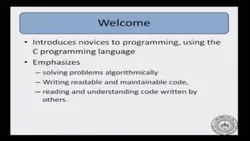
Introduction to programming in C 
This course introduces learners to programming in C, with no prior programming experience assumed. It covers topics such as algorithmic solutions, translating algorithms into C code, code efficiency and maintainability. By the end of the course, students will be comfortable attempting algorithmic solutions, designing and coding moderate sized programs, and reading, understanding and modifying code written by others. ▼
ADVERTISEMENT
Course Feature
![]() Cost:
Cost:
Free
![]() Provider:
Provider:
Swayam
![]() Certificate:
Certificate:
Paid Certification
![]() Language:
Language:
English
![]() Start Date:
Start Date:
22nd Jan, 2023
Course Overview
❗The content presented here is sourced directly from Swayam platform. For comprehensive course details, including enrollment information, simply click on the 'Go to class' link on our website.
Updated in [March 20th, 2023]
Introduction to Programming in C is a course designed to introduce students to the fundamentals of programming in the C language. This course is suitable for students with no prior programming experience, but a mathematical maturity at the level of a second year science or engineering undergraduate is assumed.
The course will cover the basics of programming in C, including topics such as alternation, iteration, and recursion. Additionally, students will be introduced to software engineering practices such as modularization, commenting, and naming conventions, which are essential for programming in teams.
Throughout the course, students will be encouraged to think algorithmically and to translate algorithms into C code. They will also be taught to evaluate the efficiency and maintainability of their code. By the end of the course, students should be comfortable attempting algorithmic solutions to problems, designing and coding moderate sized programs, and reading, understanding, and modifying code written by others.
This course is intended for any interested learners, and no prior programming experience is required. However, a mathematical maturity at the level of a second year science or engineering undergraduate is assumed.
By the end of this course, students should be able to:
• Attempt algorithmic solutions to problems
• Design and code moderate sized programs running to the order of a few hundred lines of code
• Read, understand, and modify code written by others
[Applications]
Upon completion of this course, students should be able to apply their knowledge of programming in C to solve problems. They should be able to design and code moderate sized programs, and read, understand, and modify code written by others. Additionally, they should be familiar with software engineering practices such as modularization, commenting, and naming conventions, which will help them collaborate and program in teams.
[Career Paths]
Career Paths:
1. Software Developer: Software developers create, test, and maintain software applications and systems. They use programming languages and development tools to design, develop, and debug software. They also work with other developers to create software solutions that meet customer needs. As technology advances, software developers will need to stay up to date on the latest trends and tools in order to remain competitive.
2. Web Developer: Web developers design, build, and maintain websites. They use HTML, CSS, JavaScript, and other programming languages to create websites that are both functional and visually appealing. Web developers must be able to work with clients to understand their needs and create a website that meets those needs. As the demand for web development continues to grow, web developers will need to stay up to date on the latest trends and technologies.
3. Database Administrator: Database administrators are responsible for managing and maintaining databases. They use SQL and other programming languages to create, maintain, and optimize databases. They must be able to troubleshoot any issues that arise and ensure that the databases are secure and up to date. As the demand for data continues to grow, database administrators will need to stay up to date on the latest trends and technologies.
4. Mobile Application Developer: Mobile application developers create, test, and maintain mobile applications. They use programming languages and development tools to design, develop, and debug mobile applications. They must be able to work with clients to understand their needs and create a mobile application that meets those needs. As the demand for mobile applications continues to grow, mobile application developers will need to stay up to date on the latest trends and technologies.
[Education Paths]
Recommended Degree Paths:
1. Bachelor of Science in Computer Science: This degree program provides students with a comprehensive understanding of computer science fundamentals, including programming, software engineering, computer architecture, operating systems, and computer networks. Students will also learn about the latest trends in computer science, such as artificial intelligence, machine learning, and data science. This degree is ideal for those who want to pursue a career in software engineering, computer programming, or computer systems analysis.
2. Bachelor of Science in Information Technology: This degree program focuses on the application of technology to solve business problems. Students will learn about the design, development, and implementation of information systems, as well as the management of information technology resources. This degree is ideal for those who want to pursue a career in information systems management, software engineering, or web development.
3. Master of Science in Computer Science: This degree program provides students with an advanced understanding of computer science fundamentals, including programming, software engineering, computer architecture, operating systems, and computer networks. Students will also learn about the latest trends in computer science, such as artificial intelligence, machine learning, and data science. This degree is ideal for those who want to pursue a career in software engineering, computer programming, or computer systems analysis.
4. Master of Science in Information Technology: This degree program focuses on the application of technology to solve business problems. Students will learn about the design, development, and implementation of information systems, as well as the management of information technology resources. This degree is ideal for those who want to pursue a career in information systems management, software engineering, or web development.
Developing Trends:
1. Cloud Computing: Cloud computing is becoming increasingly popular as businesses move away from traditional on-premise solutions and towards cloud-based solutions. This trend is expected to continue as businesses look to reduce costs and increase efficiency.
2. Artificial Intelligence: Artificial intelligence is becoming increasingly important as businesses look to automate processes and make decisions more quickly and accurately. This trend is expected to continue as businesses look to leverage AI to gain a competitive advantage.
3. Big Data: Big data is becoming increasingly important as businesses look to gain insights from large amounts of data. This trend is expected to continue as businesses look to leverage data to make better decisions and gain a competitive advantage.
Course Provider
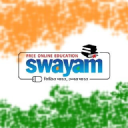
Provider Swayam's Stats at AZClass
Discussion and Reviews
0.0 (Based on 0 reviews)
Explore Similar Online Courses
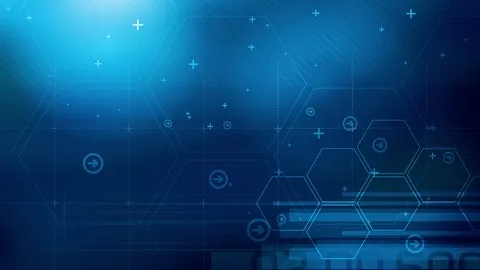
An Introduction to Python Programming

Mental Health in Quarantine

Python for Informatics: Exploring Information

Social Network Analysis

Introduction to Systematic Review and Meta-Analysis

The Analytics Edge

DCO042 - Python For Informatics

Causal Diagrams: Draw Your Assumptions Before Your Conclusions

Whole genome sequencing of bacterial genomes - tools and applications
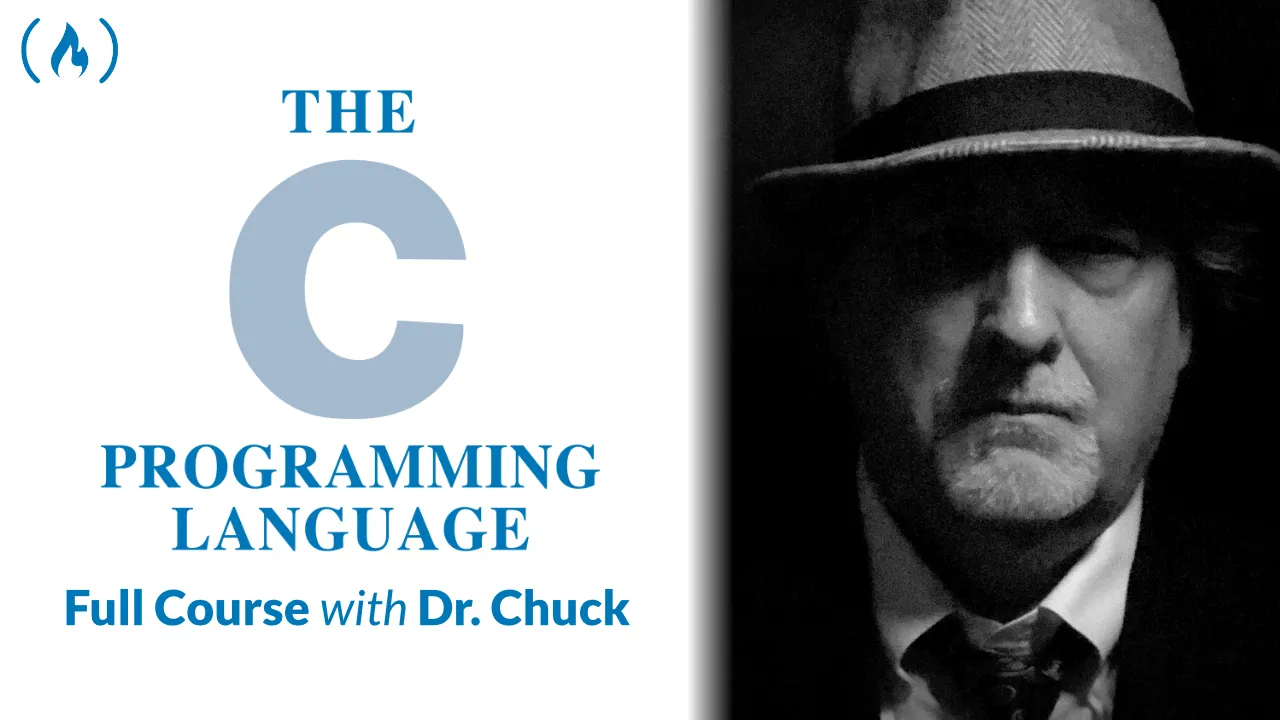
Learn C Programming Using the Classic Book by Kernighan and Ritchie

C Programming: Modular Programming and Memory Management - 3
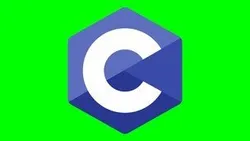
C - Fast Crash Course - Introduction
 Related Categories
Related Categories
 Popular Providers
Popular Providers
Quiz
 Submitted Sucessfully
Submitted Sucessfully
1. What is the prerequisites for this course?
2. What is the expected outcome of this course?
3. What is the intended audience for this course?


Start your review of Introduction to programming in C